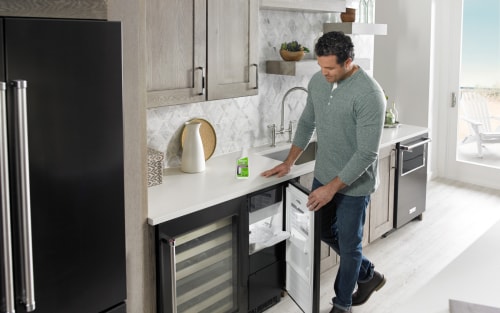Imagine walking into a room that instantly makes you feel at ease and connected with your surroundings. A well-designed living space has the power to enhance your mood, productivity, and overall well-being. Room planning is an essential aspect of creating the perfect living environment that reflects your personal style and meets your functional needs. In this article, we will uncover the secrets of an effective room planner, guiding you through the process of designing a space that resonates with your lifestyle and brings harmony to your home.
Introduction
Your living environment significantly influences your mood, productivity, and overall well-being. Room planning is the art of optimizing your space to create a harmonious and functional setting that reflects your style and meets your needs.
Understanding Your Needs
To begin the room planning process, it is crucial to understand your requirements. Consider the purpose of the room, who will be using it, and the activities that will take place within it. This understanding will serve as the foundation for designing a space that caters to your unique needs.
Defining Your Style
Every individual has a unique sense of style. Identify your preferred aesthetic by exploring different design styles and elements. Whether you lean towards minimalism, rustic charm, or contemporary elegance, defining your style will guide your room planning decisions.
Maximizing Space
Effective room planning involves maximizing the available space. Consider the room’s dimensions and layout to determine the best arrangement of furniture and accessories. Utilize smart storage solutions and multifunctional furniture to optimize space utilization.
Selecting Colors and Lighting
Colors and lighting play a pivotal role in room planning. Choose a color scheme that complements your style and creates the desired ambiance. Similarly, strategic lighting placement and fixtures can enhance the functionality and atmosphere of the space.
Furniture Arrangement
The arrangement of furniture is crucial for creating a cohesive and functional living environment. Consider the flow of movement, balance, and proportion while placing furniture pieces. Arrange them in a way that encourages conversation and facilitates easy navigation.
Creating Focal Points
Focal points add visual interest and draw attention to specific areas of a room. Identify key elements like a fireplace, artwork, or a statement piece of furniture that can serve as focal points. Arrange the room around these elements to create a cohesive design.
Incorporating Storage Solutions
Clutter can disrupt the harmony of a room. Integrate storage solutions like shelves, cabinets, and baskets to keep belongings organized and out of sight. Utilize creative storage options to make the most of available space.
Enhancing Comfort and Functionality
A well-designed living environment should prioritize comfort and functionality. Choose comfortable seating options, invest in ergonomic furniture, and ensure easy access to necessary amenities. Design your space to facilitate your daily activities and promote relaxation.
Balancing Aesthetics and Practicality
Achieving a balance between aesthetics and practicality is key to successful room planning. While you want your space to look visually appealing, it should also serve its intended purpose. Strike a balance between style and functionality to create a harmonious living environment.
Adding Personal Touches
Personal touches infuse character and uniqueness into your living space. Display cherished mementos, artwork, or photographs that hold sentimental value. Incorporate elements that reflect your personality and create a space that truly feels like home.
Incorporating Nature
Bringing elements of nature indoors can have a calming effect on your living environment. Introduce houseplants, natural textures, or a small indoor garden to create a refreshing and serene atmosphere. Nature-inspired decor can add vibrancy and life to any room.
Ensuring Proper Ventilation
Good ventilation is essential for a healthy and comfortable living environment. Ensure proper airflow by opening windows, using exhaust fans, or installing air purifiers. Fresh air circulation contributes to a more pleasant and invigorating atmosphere.
Maintaining a Clutter-Free Environment
Clutter can hinder the functionality and visual appeal of a room. Regularly declutter and organize your space to maintain a clean and tidy environment. Embrace minimalism and only keep items that serve a purpose or hold sentimental value.
Conclusion
Effective room planning allows you to create a living environment that promotes well-being, productivity, and happiness. By understanding your needs, defining your style, and implementing practical strategies, you can design a space that reflects your personality and nurtures your lifestyle.


